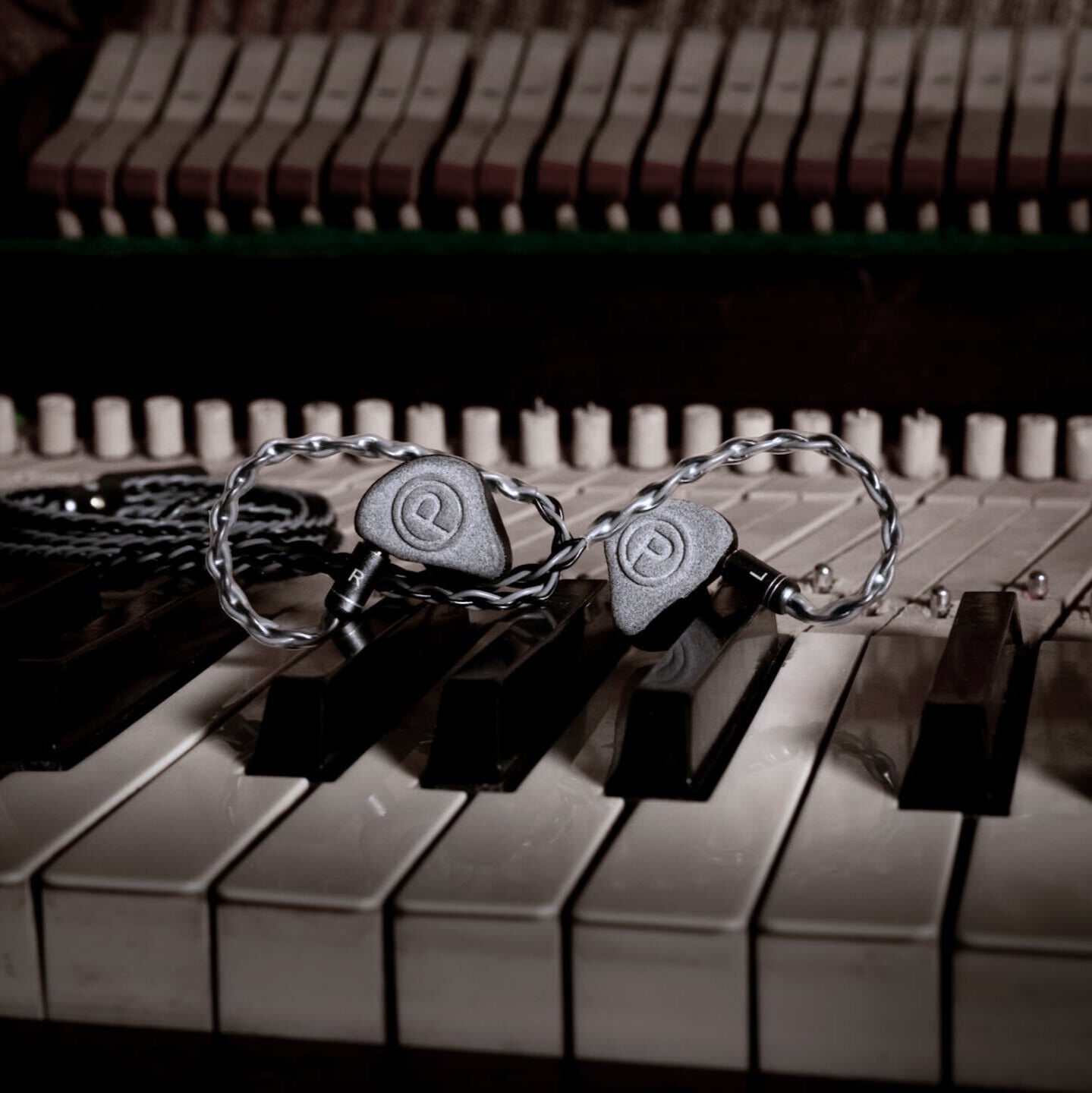Besides the driver types and sound signatures, one of the main differences between our Unity Stage and Unity Dynamic IEMs is how they handle isolation vs. venting. It’s also one of the most common questions we get from musicians trying to decide which model is right for them.
When it comes to in-ear monitors (IEMs), the fit is only half the story. The way your IEMs manage outside noise can completely change your experience on stage. Whether you’re a drummer, vocalist, or guitarist, understanding this difference helps you pick the model that matches your needs.
What Is Isolation in IEMs?
Isolation, also commonly referred to as attenuation, is how much outside sound your IEMs block. The more isolation, the less you’ll hear from the stage or audience around you.
Benefits of isolation:
- Crystal-clear mixes, even in loud environments
- Lower on-stage volume = healthier ears long-term
- Focus on details without distractions
With 28–29dB of attenuation, Unity Stage IEMs are a favourite among singers and performers in loud environments. They’re designed to keep the noise out so you can hear your mix with extreme accuracy at a much lower volume.
What Is Venting in IEMs?
Venting allows a small amount of outside sound and air to pass through the earphones. It’s less isolating, but often feels more natural.
Benefits of venting:
- A “roomier” feel with more connection to the stage
- Reduced ear fatigue during long performances
- A boost in warmth and punch in the low end
Our Unity Dynamic IEMs feature a proprietary vented design, giving you a more open, headphone-like feel while still locking in your mix with 18–20dB of attenuation.
Which Is Right for You?
Some questions to ask yourself:
What’s your role?
- Vocalists and audio techs who prefer maximum accuracy and isolation → Stage
- Instrumentalists and acoustic performers who want a more “live feel” → Dynamic
How loud is your environment?
- Playing in high-volume venues or around loud amps? → Stage
- Performing in smaller rooms, acoustic gigs, or lower-volume setups? → Dynamic
What do you want to feel?
- If you want extreme detail and precision → Stage
- If you want warmth, punch, and a natural vibe → Dynamic
Final Thoughts
It really comes down to your playing style, environment, and personal preference. Both the Stage and Dynamic offer the same comfortable, custom-like fit and durable build, with isolation and venting being one of the key differences between them. If you’re curious to see how else the Stage and Dynamic stack up, check out our full comparison blog.
👉 SHOP NOW or if you're still not sure, reach out for a personalized recommendation.



